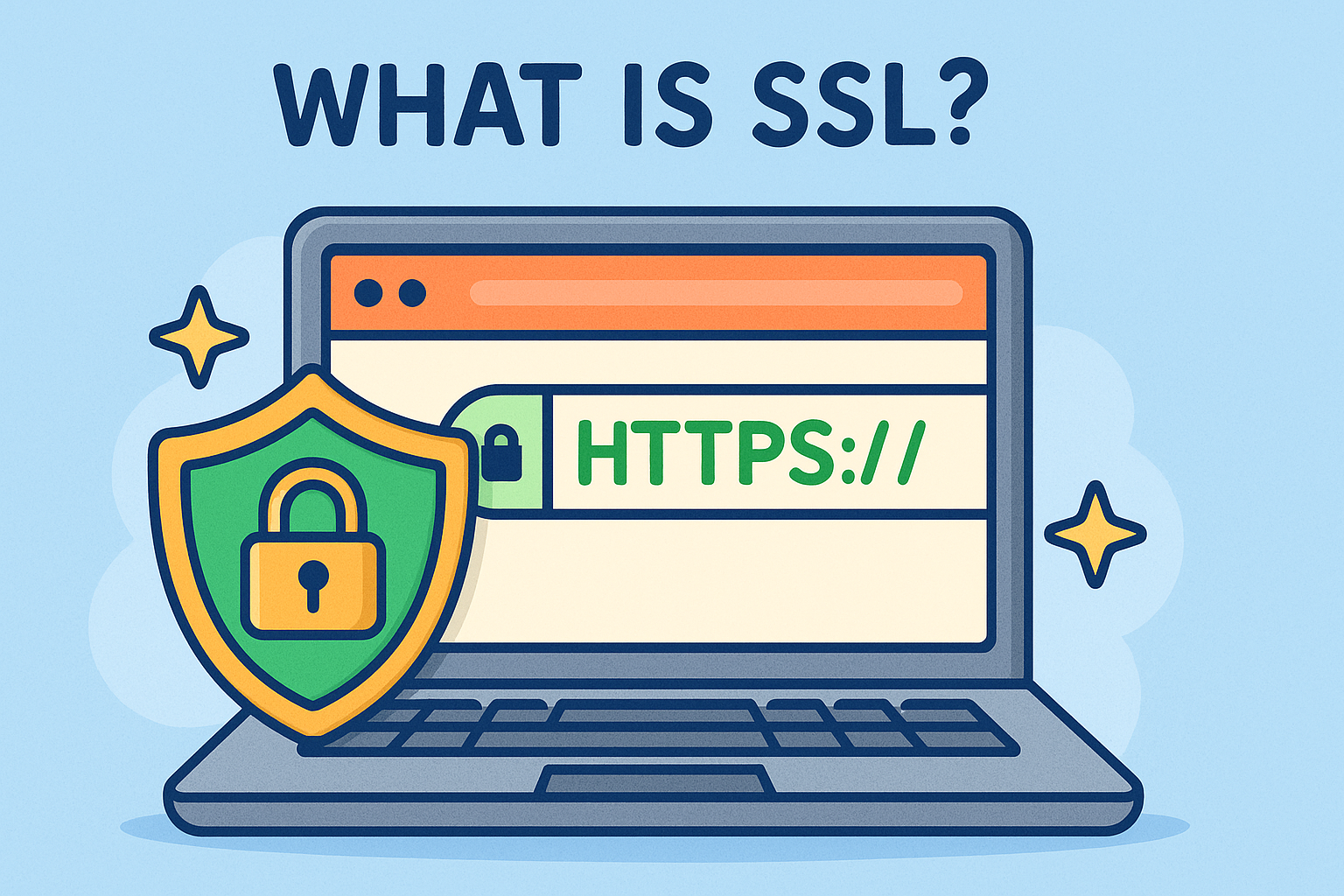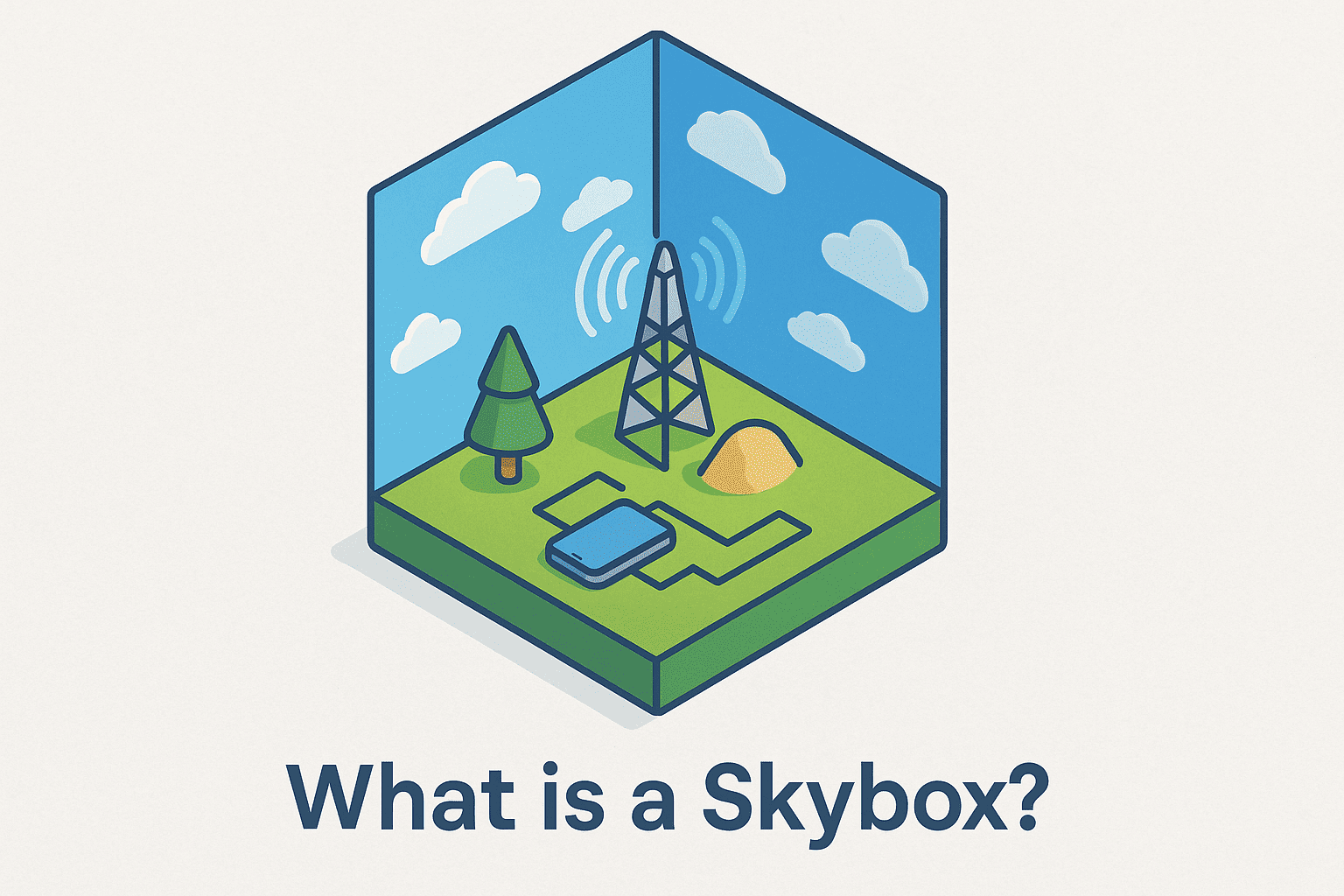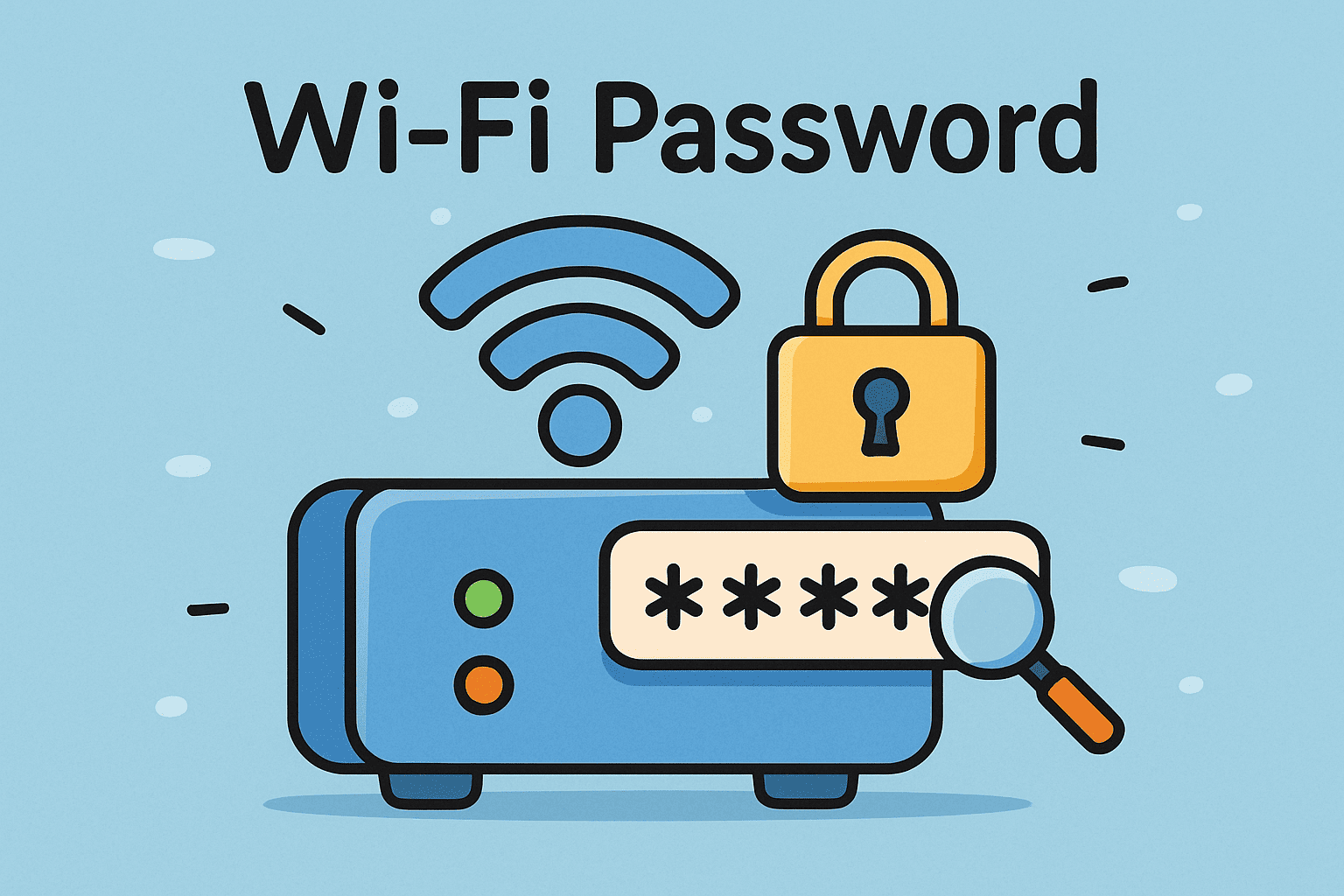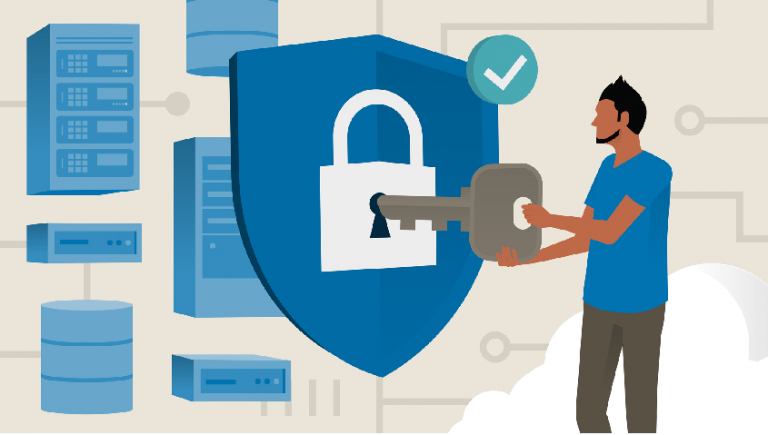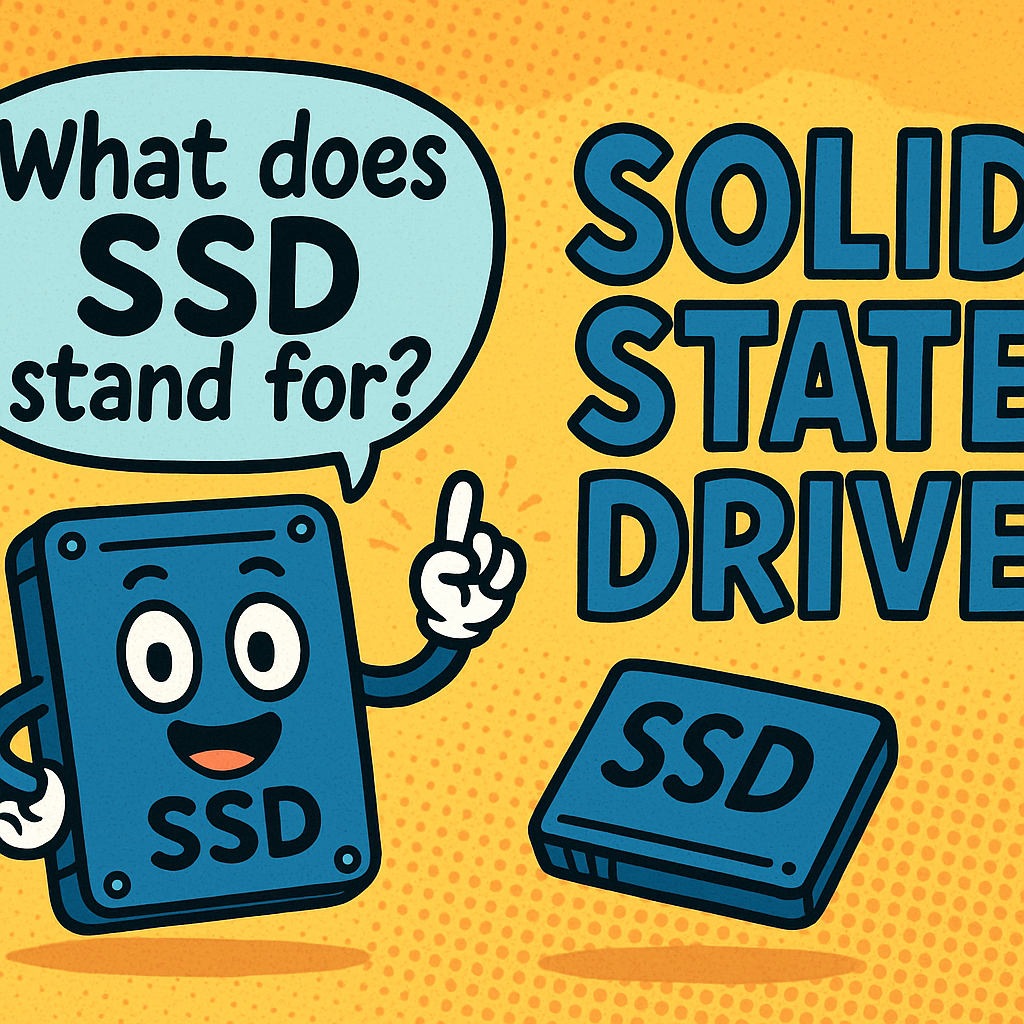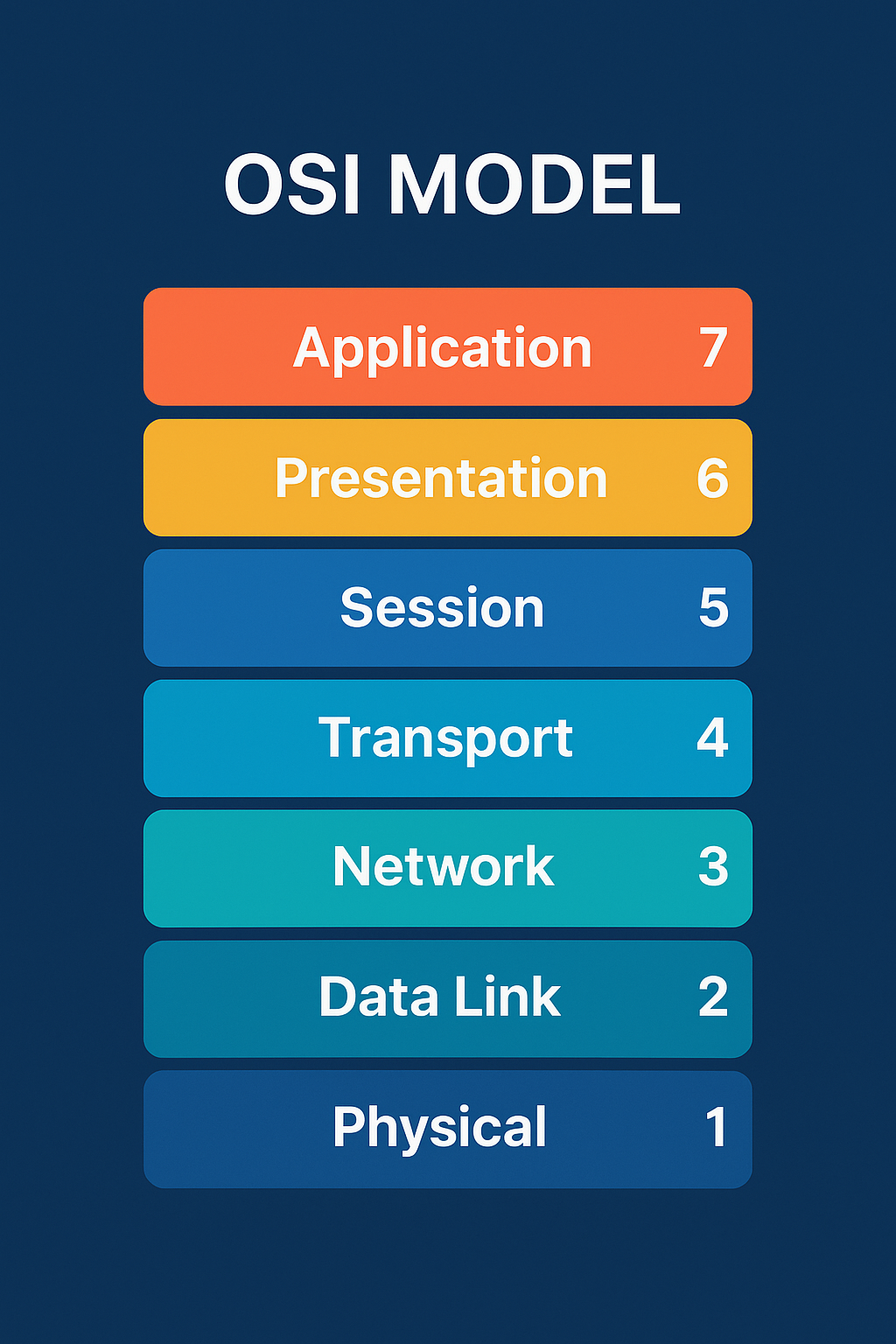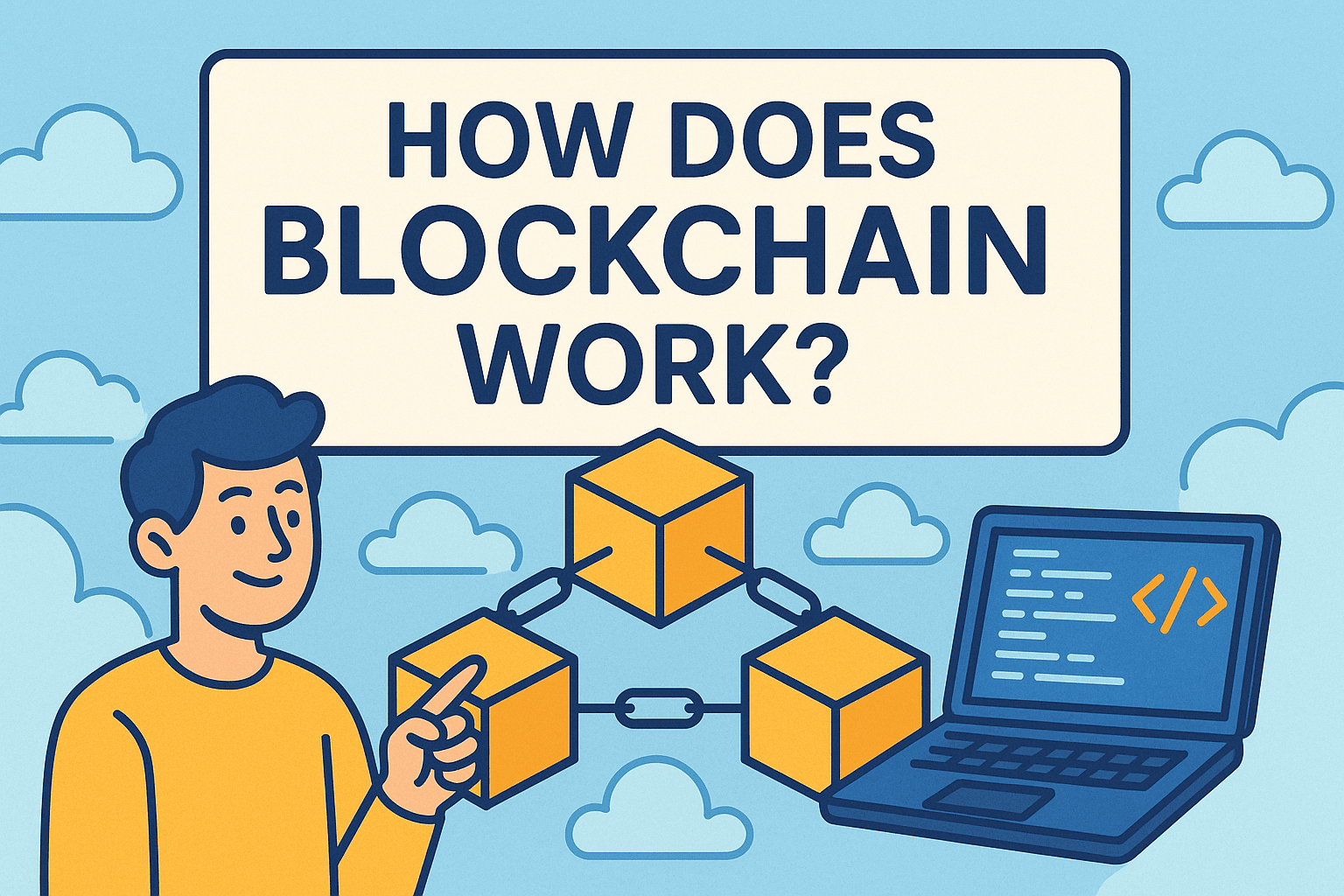What is Cloud Technology? A Complete Guide to the Digital Backbone of Modern Business
Updated on July 29, 2025, by Xcitium
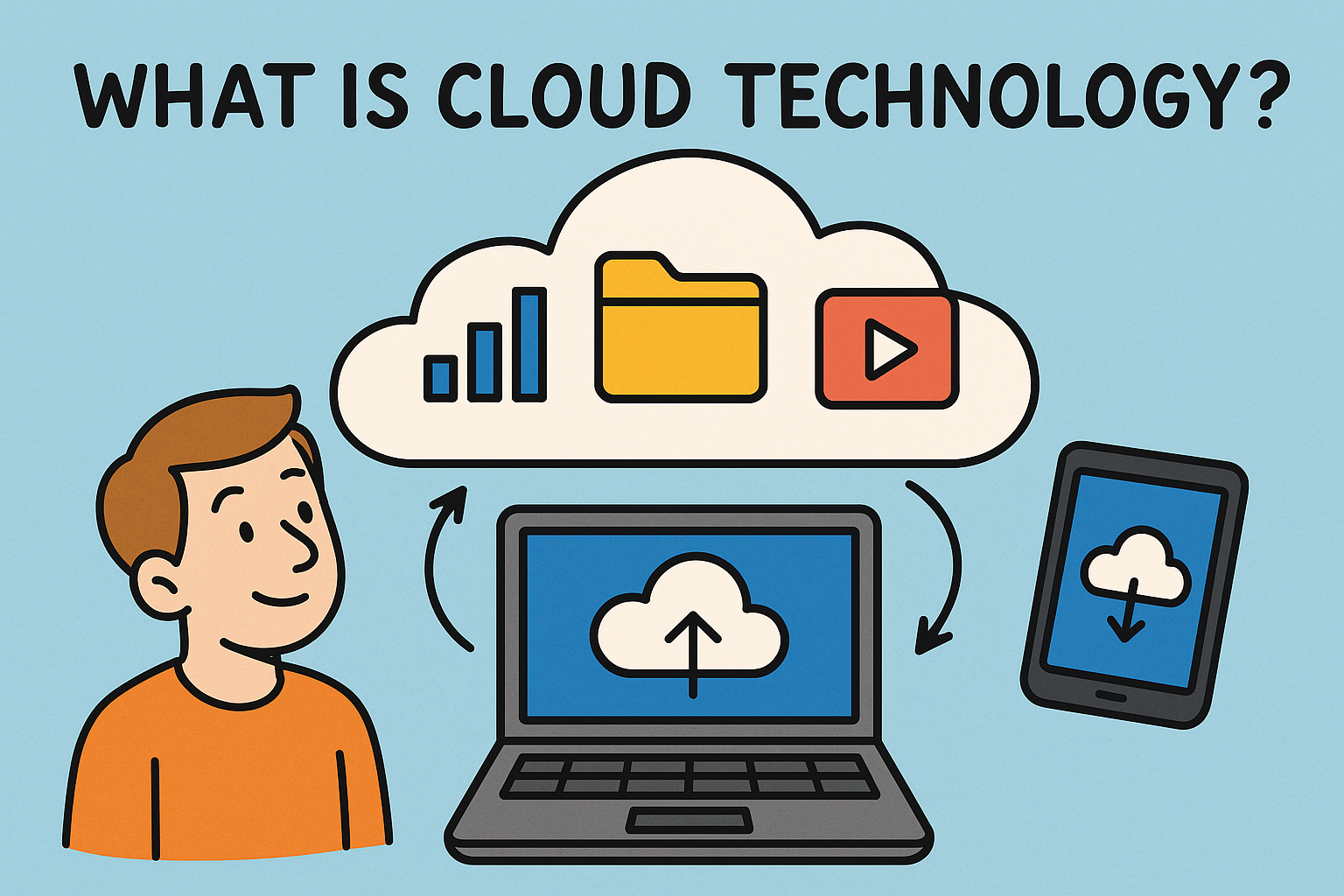
Have you ever accessed your emails from different devices, used Google Docs, or backed up your photos to Google Drive or iCloud? Then you’ve already used cloud technology—but what exactly does that mean?
In today’s digital-first world, understanding what cloud technology is isn’t just for tech experts. Whether you’re a CEO overseeing infrastructure decisions or a cybersecurity pro managing sensitive data, cloud services are the backbone of how modern businesses function.
🌩️ What is Cloud Technology?
At its core, cloud technology refers to the delivery of computing services—such as storage, databases, networking, software, and analytics—over the internet (“the cloud”) rather than relying on local servers or personal devices.
In cloud computing, users can access resources on demand, pay for what they use, and scale effortlessly—without worrying about the underlying infrastructure.
🧠 What is Cloud Technology in Cloud Computing?
While cloud computing is the broader concept, cloud technology includes the tools, platforms, and services enabling that model.
Example:
When you save a file to Dropbox or Google Drive, you’re using cloud storage, one of the many applications of cloud computing.
⚙️ How Does Cloud Computing Work?
Cloud computing relies on a network of remote servers hosted on the Internet to store, manage, and process data.
The process:
- User sends a request (e.g., uploads a file or opens an app).
- Cloud platform processes it via remote servers.
- Result is delivered back to the user—instantly.
This all happens behind the scenes, invisible to the end-user but powered by sophisticated data centers and virtualization technologies.
🧰 Types of Cloud Computing
There are three main service models and four deployment models:
☁️ Service Models (The “as-a-service” family):
- IaaS (Infrastructure as a Service) – e.g., Amazon Web Services (AWS)
- PaaS (Platform as a Service) – e.g., Google App Engine
- SaaS (Software as a Service) – e.g., Microsoft 365, Salesforce
🏢 Deployment Models:
- Public Cloud – Shared infrastructure (e.g., AWS, Azure)
- Private Cloud – Exclusive infrastructure for one organization
- Hybrid Cloud – Combines public and private
- Community Cloud – Shared among similar organizations (e.g., government)
📚 What is Cloud Technology Course?
For professionals looking to upgrade skills, a cloud technology course typically covers:
- Cloud architecture
- Virtualization
- Security in cloud
- Major platforms (AWS, Azure, GCP)
- Deployment and migration strategies
Popular certifications include:
- AWS Certified Solutions Architect
- Microsoft Certified: Azure Administrator
- Google Cloud Certified – Professional Cloud Architect
🧾 Cloud Technologies List: What Are the Tools?
Here are some of the top technologies and platforms used in cloud environments:
| Category | Examples |
| Cloud Providers | AWS, Google Cloud, Microsoft Azure |
| Containers | Docker, Kubernetes |
| Automation & DevOps | Terraform, Ansible, Jenkins |
| Monitoring Tools | Datadog, Prometheus, CloudWatch |
| Security | Okta, Palo Alto Prisma, CrowdStrike |
These tools help manage deployment, scalability, and security in cloud environments.
✅ Advantages of Cloud Computing
Cloud technology offers numerous benefits that are revolutionizing IT infrastructure:
- Cost-Efficient – Pay-as-you-go pricing
- Scalable – Easily scale up/down resources
- Accessible – Work from anywhere with internet access
- Disaster Recovery – Automatic data backups & failover
- Collaboration – Real-time collaboration on shared resources
- Security – Enterprise-grade protection with encryption
💾 What is Cloud Storage?
Cloud storage is a key application of cloud technology. It allows users to store data on remote servers accessed via the internet, instead of using local hard drives.
Popular Cloud Storage Providers:
- Google Drive
- Dropbox
- Microsoft OneDrive
- iCloud
- Amazon S3
🔐 Cloud Technology & Cybersecurity
While cloud technology enhances flexibility and productivity, it introduces new cybersecurity risks, including:
- Data breaches
- Misconfigured settings
- Insider threats
Best Practices:
- Use multi-factor authentication
- Encrypt data in transit and at rest
- Monitor logs and alerts continuously
- Partner with a trusted endpoint security provider like Xcitium
🧠 FAQs: Cloud Technology Explained
1. What is cloud technology with an example?
Cloud technology is using internet-based services to store and process data. Example: Using Google Drive to store files.
2. What are the types of cloud computing?
The three major service types are IaaS, PaaS, and SaaS. Deployment models include public, private, hybrid, and community cloud.
3. Is cloud computing safe?
Yes, when best practices are followed. Encryption, secure APIs, and monitoring help keep cloud environments secure.
4. What are some advantages of cloud computing?
Flexibility, cost-savings, remote access, scalability, and better disaster recovery.
5. How does cloud computing work?
Cloud platforms store and process your data on remote servers. The output is then delivered over the internet.
🚀 Final Thoughts: Why Cloud Technology Matters Today
Understanding what is cloud technology is more important than ever in an age of remote work, real-time data, and rapid digital transformation. Whether you’re managing IT, enhancing security, or scaling your business, cloud computing empowers you to do more—with less.
By embracing cloud solutions, businesses gain agility, resilience, and competitive edge.
📣 Ready to Secure Your Cloud Infrastructure?
🔐 Let Xcitium protect your cloud endpoints, data, and infrastructure with next-gen cybersecurity solutions.



